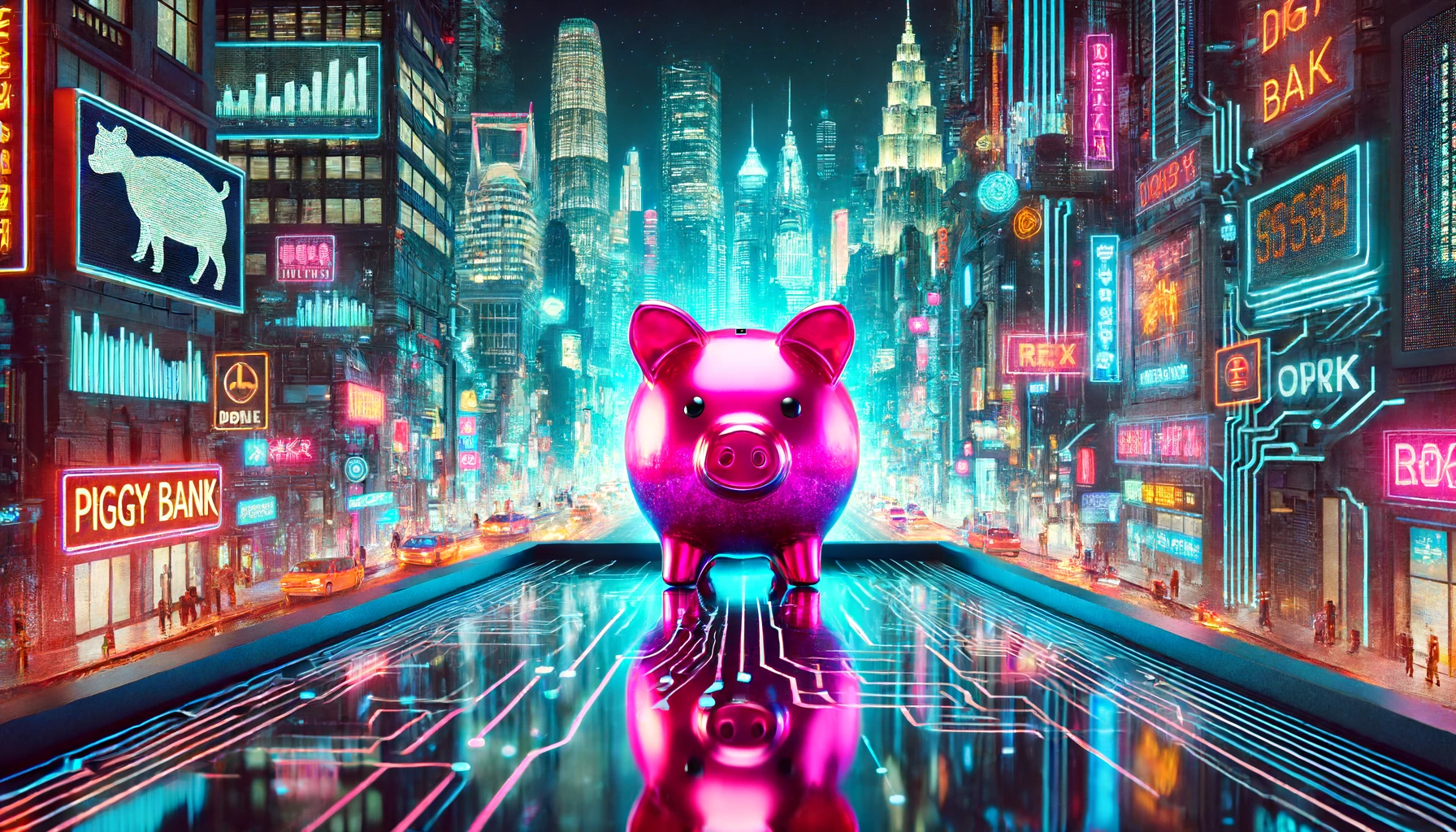Nvidia has announced its infrastructure support for the next generation of humanoid robotics, aiming to revolutionize human-machine interaction and pave the way for intelligent machines working seamlessly alongside humans.
Points
- Nvidia is providing infrastructure for the development of humanoid robotics.
- The initiative aims to redefine human-machine interaction.
- Nvidia’s services include models, computing platforms, and training robots using human demonstration data.
- The project targets sectors like healthcare, manufacturing, and service industries.
Technology giant Nvidia has announced its commitment to supporting the next generation of humanoid robotics, aiming to revolutionize human-machine interaction and pave the way for intelligent machines to work seamlessly alongside humans. This initiative leverages Nvidia’s advanced services, models, and computing platforms to accelerate the development of humanoid robots on a global scale.
Nvidia will empower developers to train robots using bits of human demonstration data, enhancing their ability to interact naturally and efficiently in various settings. “The next wave of AI is robotics, and one of the most exciting developments is humanoid robots,” said Jensen Huang, founder and CEO of Nvidia, in a press release. “We’re advancing the entire Nvidia robotics stack, opening access for worldwide humanoid developers and companies to use the platforms, acceleration libraries, and AI models best suited for their needs.”
Humanoid robotics have long fascinated artificial intelligence (AI) researchers, promising a future where robots can interact seamlessly with humans in diverse environments. Nvidia’s offering aims to transform this vision into reality, impacting sectors such as healthcare, manufacturing, and service industries.
Nvidia’s role in the development of humanoid robots is expected to catalyze transformative changes in these industries. By providing the necessary infrastructure and support, Nvidia positions itself as a key player in shaping the future of AI and robotics. The company’s previous successes in artificial intelligence, including its dominance in AI chips and server components, underscore its capability to drive innovation in the robotics field.

Despite its successes, Nvidia has faced challenges, such as restrictions imposed by the US Department of Commerce on exporting AI processors to several Middle Eastern countries. However, the company remains a leader in AI and continues to influence both traditional markets and the cryptocurrency sector.
The latest announcement regarding humanoid robotics has not yet impacted the crypto market, as major AI-related tokens like NEAR, FET, and RENDER have seen substantial drops in the last 24 hours. Nonetheless, Nvidia’s influence on the AI and crypto sectors is often profound, and its continued advancements in robotics are expected to drive future innovations.
解説
- Nvidia’s infrastructure support for humanoid robotics aims to revolutionize human-machine interaction.
- The initiative leverages Nvidia’s advanced services, models, and computing platforms to accelerate the development of humanoid robots.
- Sectors like healthcare, manufacturing, and service industries are expected to benefit significantly from these advancements.
- Nvidia’s previous successes in AI and its leadership in the market position it as a key player in the robotics field.
- Despite facing challenges, Nvidia’s ongoing innovation in AI and robotics continues to influence the broader technology landscape.
